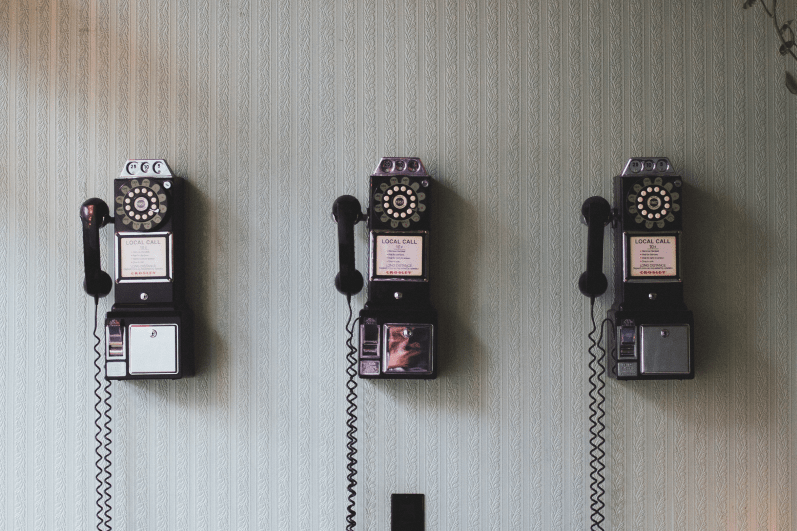

This is how to make your Kano phone surveys less of a struggle
I have been working on the roadmap of a customer portal with the North American HQ of a multinational.
First, I conducted extensive qualitative customer interviews. Then, we held internal workshops to decide on a short-list of features. Finally, we used the Kano model to do a final customer validation of the feature list.
Because I'm based in Belgium, I had to conduct the Kano survey with the end-customers over the phone.
Here are my three take-aways for conducting Kano questionnaires over the phone:
1. Ask your customer to write down the 5 possible responses to your question
People have a hard time remembering the 5 possible answers they can give. If they don't have the 5 possible answers written down and in front of them, they forget about them. The answers you then get are either "Like" or "Dislike".
This is of course detrimental to the quality of your study. It will either result in conflicting results or -- even worse -- in you making the wrong decisions.
So, before you start your survey, ask the person on the other end of the line to write down the possible answers:
- I Like It
- I Expect It
- I Don't Care
- I Can Live With It
- I Dislike It
The alternative is repeating what the possible answers are every time you ask a question. Don't do that :)
2. Prepare and use your survey spreadsheet
Nothing's worse than looking back at hand-written notes and wondering what they mean. Kano surveys have a scientific air to them, so inputting data you're uncertain of feels sinful.
Prepare a spreadsheet with your questions. Fill in the answers while you're talking to your customer.
The best format for your spreadsheet is a very simple one:
| User | Feature | Functional | Dysfunctional | SelfStatedImportance
| --- | --- | --- | --- | ---
| [email protected] | Increased fat % | Expect | Dislike | 9
| [email protected] | Increased fat % | Dislike | Like | 8
This format is very easy to fill in, and it's easy to analyze later on. I've created a template Excel spreadsheet you can download (or you can also make a copy of my Google Sheet).
3. Test out your questions before you start calling people
When you're preparing your questions, first go over them with a colleague. See if she understands what you're trying to ask. If she doesn't, rephrase your questions.
Well thought out and tested questions are beneficial in more than one way.
No-one wants to spend too much time answering your Kano survey. The clearer your questions are, the less time your customers will spend.
There's another benefit to well-tested questions. You don't want to have to rephrase your questions after you've surveyed half of your customer base. It pollutes the results.
Bonus tip: phrase your questions as a feature-benefit pair
The best way to ask your questions is to put them as a feature-benefit pair. Compare for instance:
The milk carton has a thermometer on the outside.
with
The milk carton has a thermometer on the outside, so that you can see the temperature of the milk inside.
Or compare (real-life example from the project referenced at the start of this article):
I can move products from one open order to another.
with
I can move products from one open order to another to speed up deliveries.
Your questions are a lot easier to understand if you pair features and benefits. It also makes it easier for the customer to give a qualitative answer. She never likes or dislikes a feature as such, but always the benefit and value she derives from it.